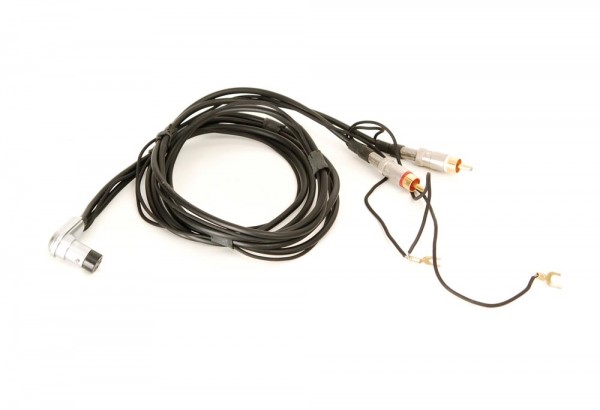
Please note that the agreed side, as shown above, need not be the side that sounds best in any situation. There is an audible difference when comparing a power cable with the phase on the one side or the other side. The red square indicates where the phase (hot) should be on the plug side (not the inlet), mostly indicated on the plug by “L” for live. This is the side of the connector connected to the cable, not the male connector of the audio component. The picture above shows the female connector. This plug is used in places where more power is potentially needed such as with power distributionblocks or high powered amplifiers, or simply where a more robust connection is desired. Also, the pins are positioned at another angle. This connector looks a lot like the C13 at first sight but is larger and square, instead of rounded at the edges. The IEC320 C13 connector also has a high power variant, the so-called IEC320 C19. In these cases the wires inside the cable or the component would need to be changed. This connector can be reversed, but UK connectors for example cannot. Here in Holland it is the Schuko, from German: Schutz Kontakt.

The plug at the other end of cable that goes into the wall varies per country. The male side of this plug is mostly rated at 10Amps which most of the time is enough for any component, but not enough for an extension block into which you could for example plug 6 amplifiers. This is the plug at the end of the powercord that goes into the component. The plug that we audiophiles probably use most has the international indication IEC320 C13.


 0 kommentar(er)
0 kommentar(er)
